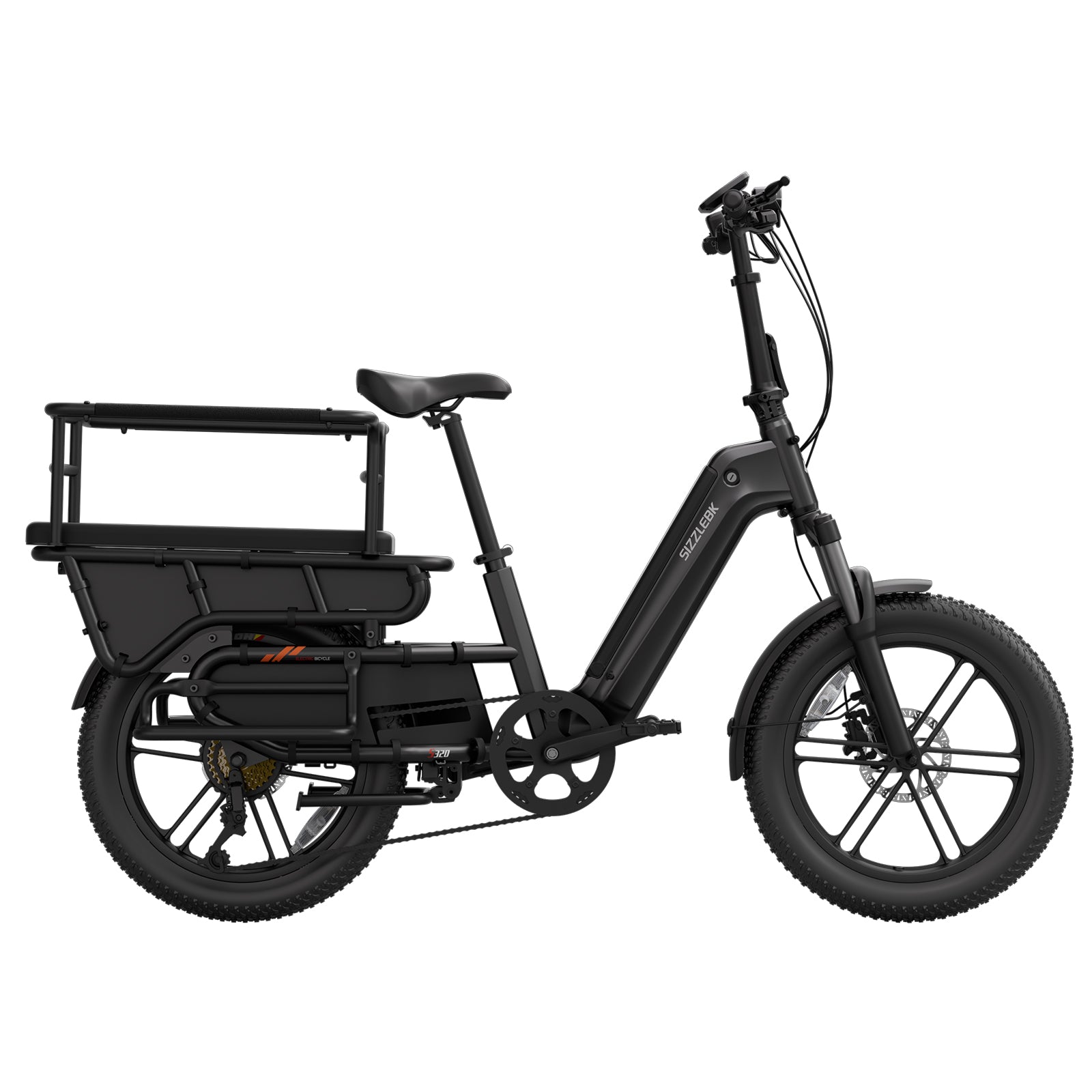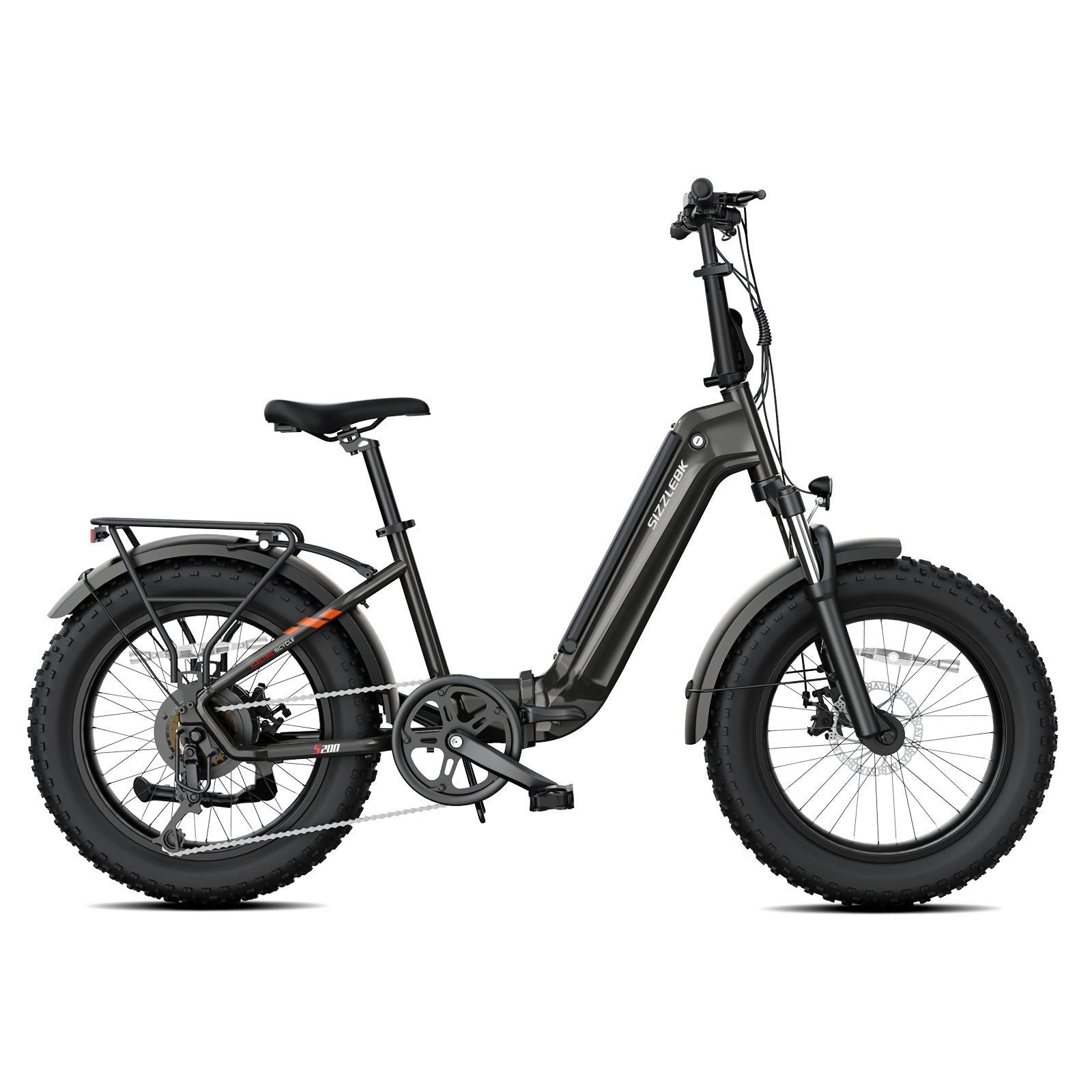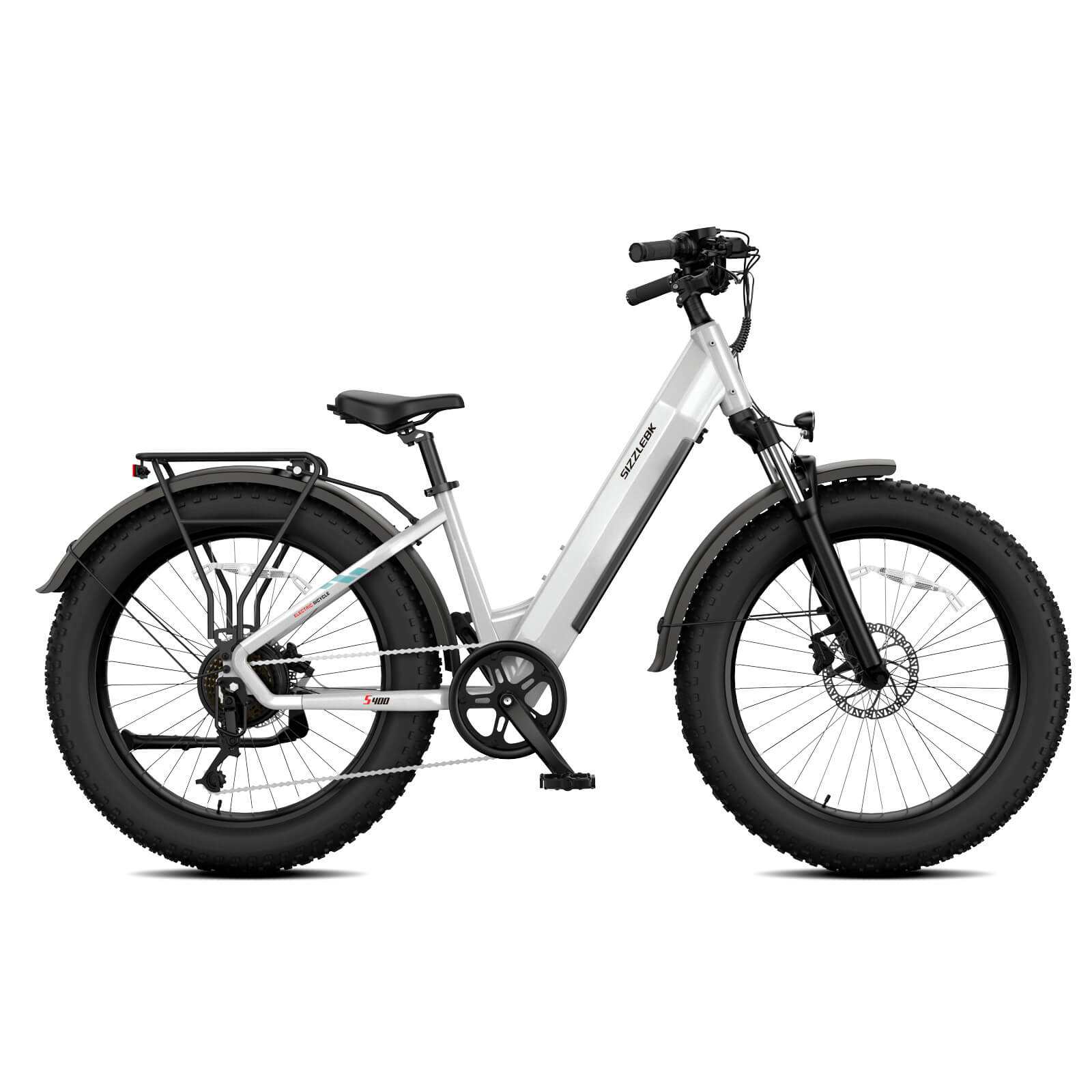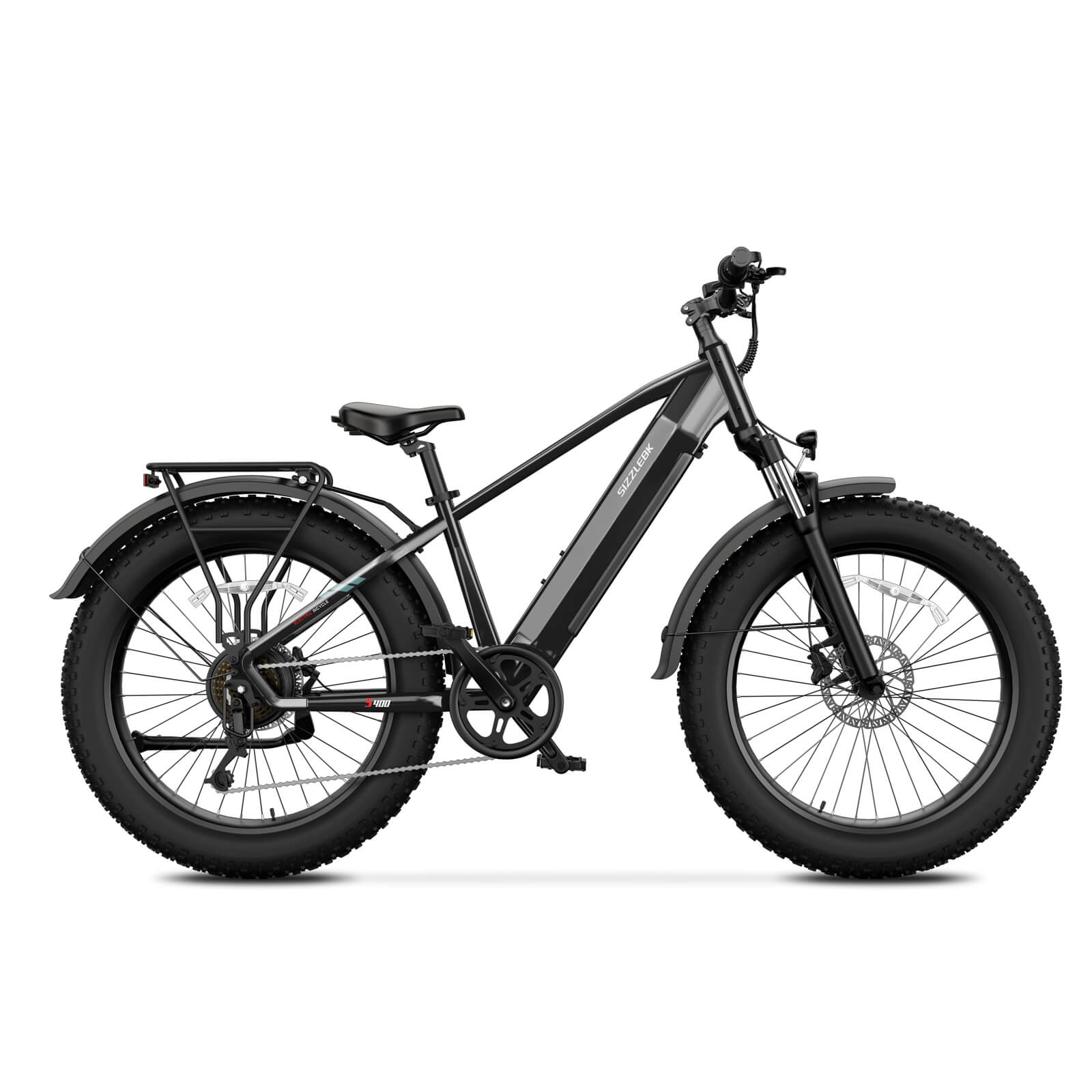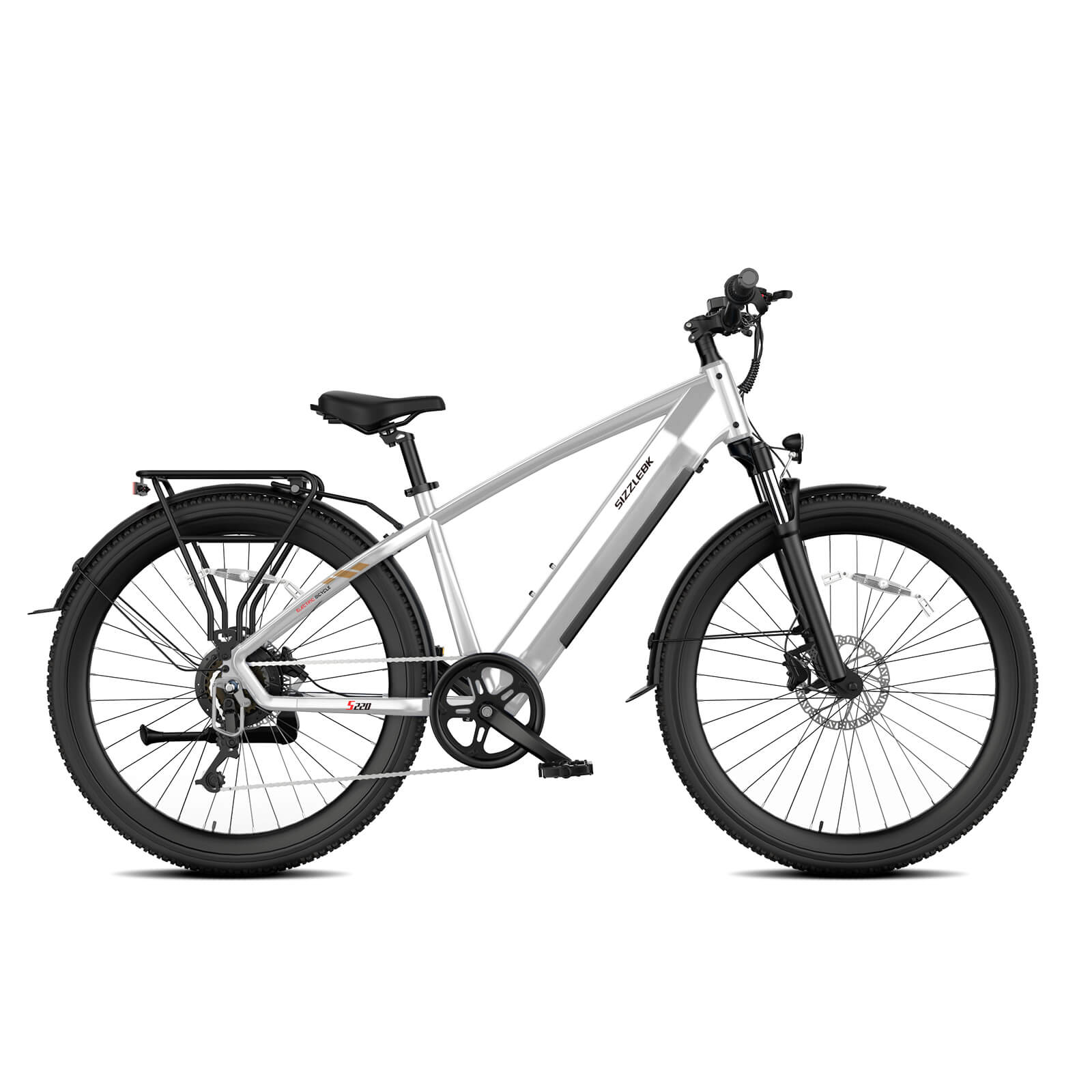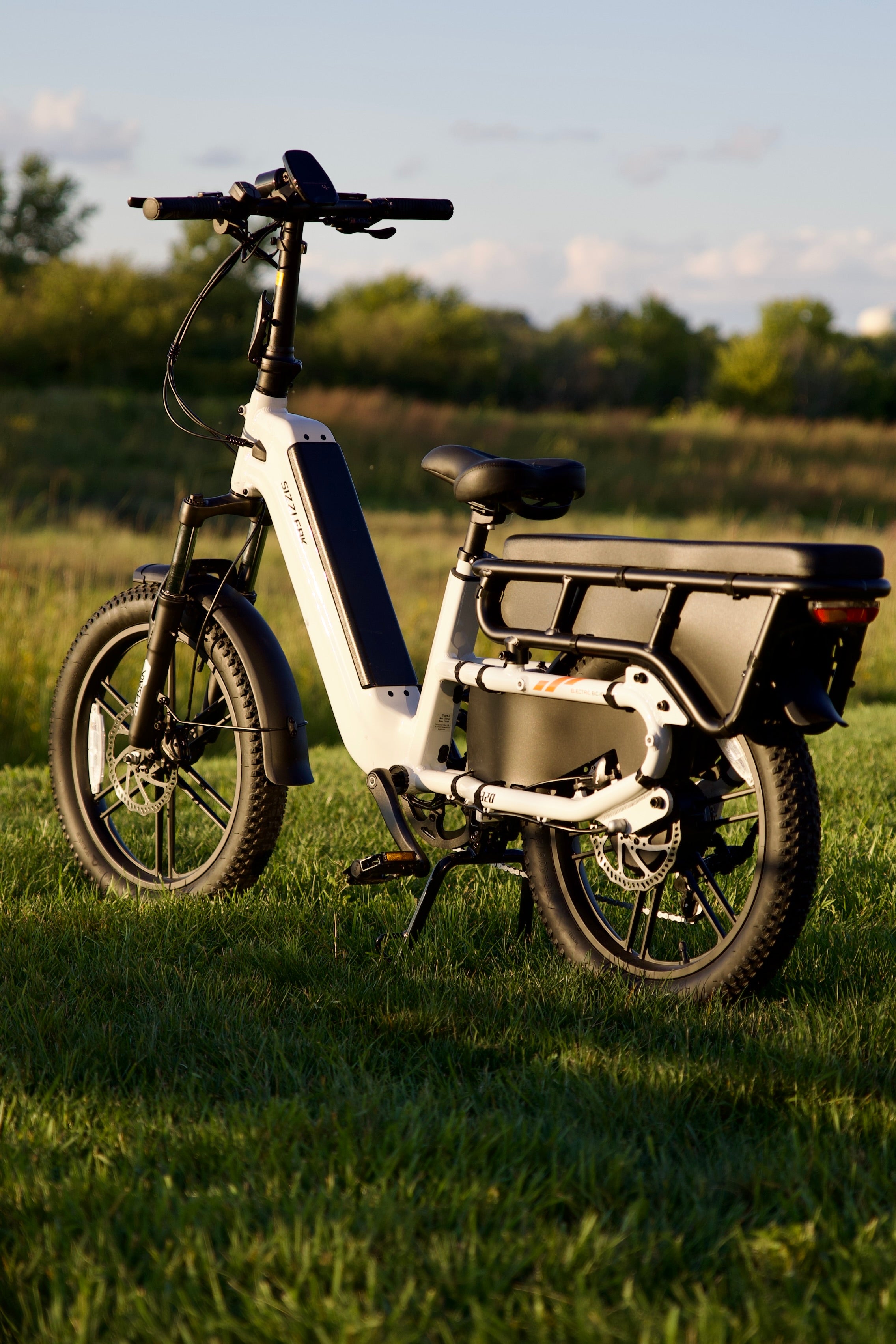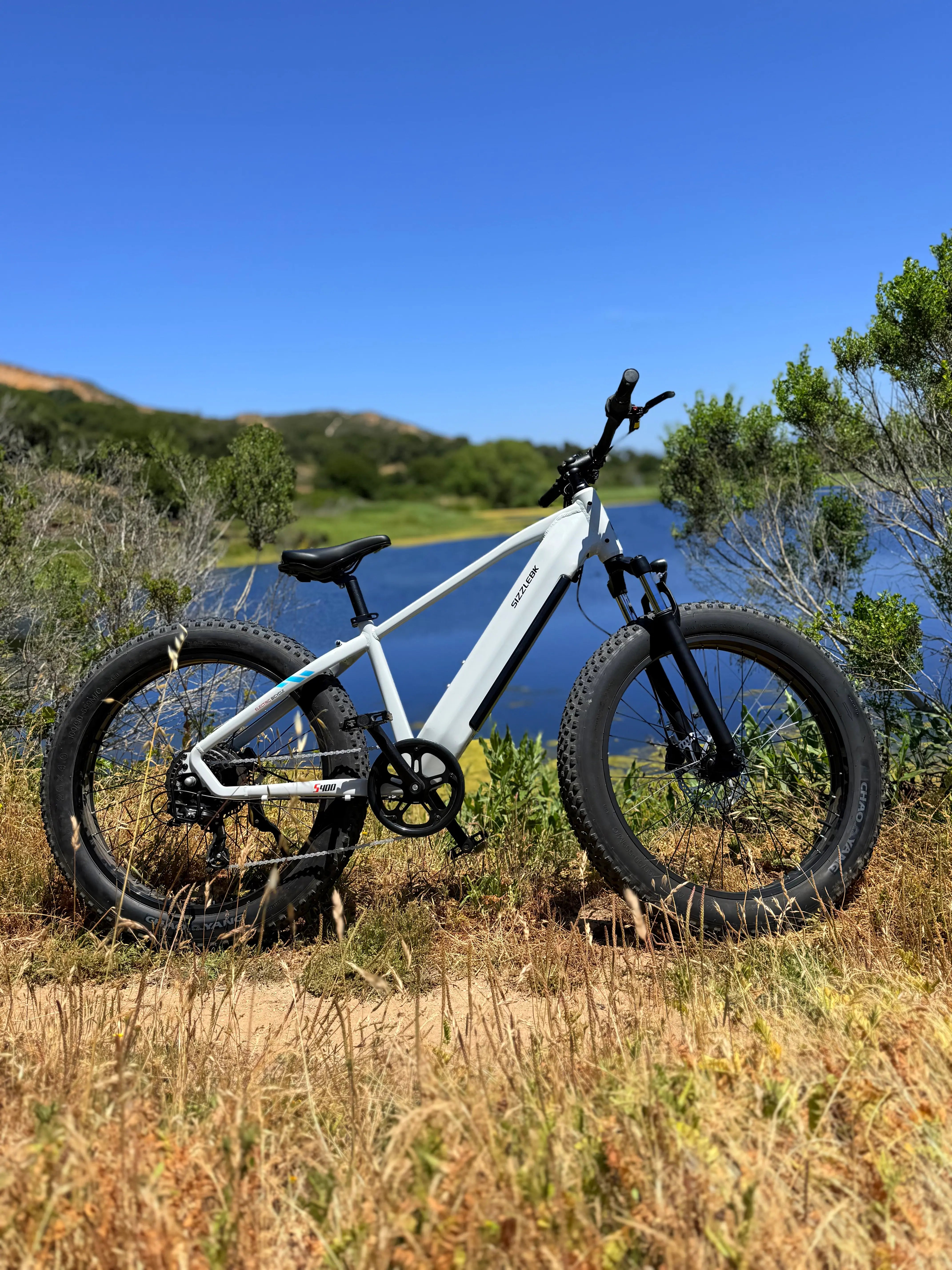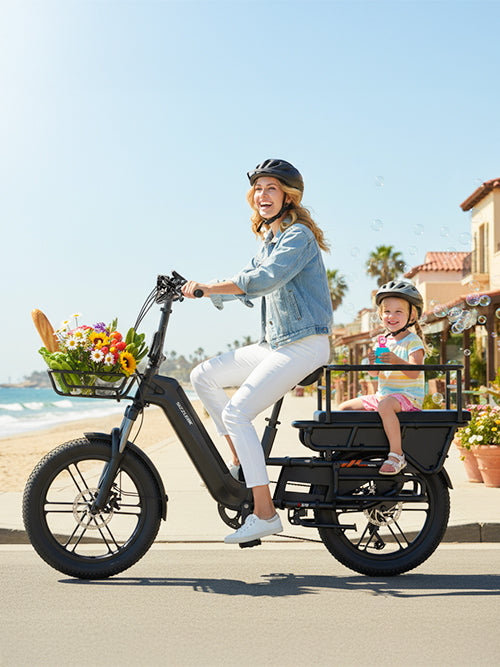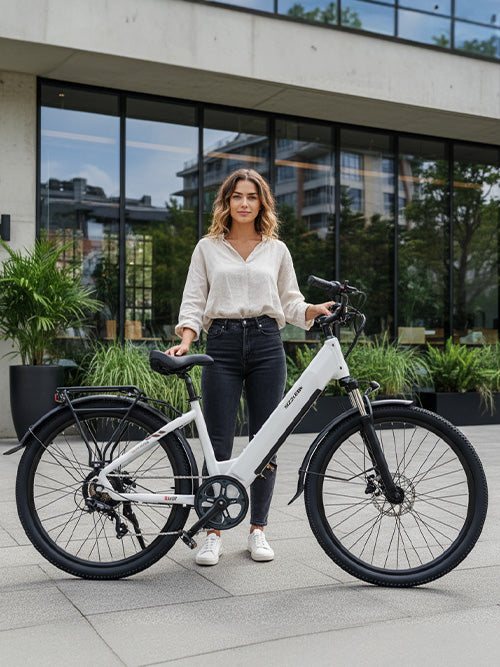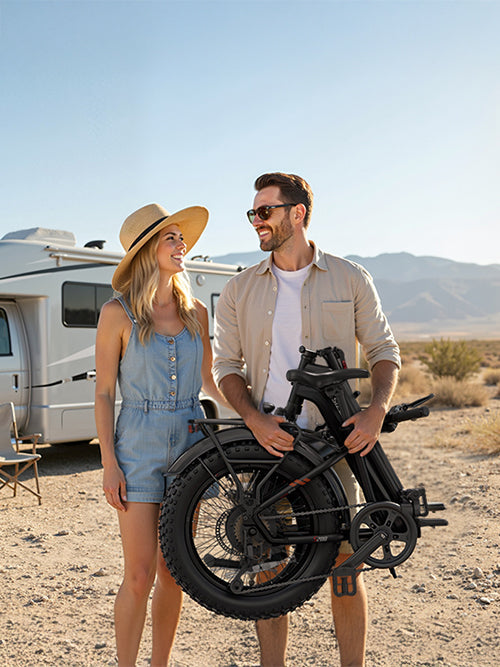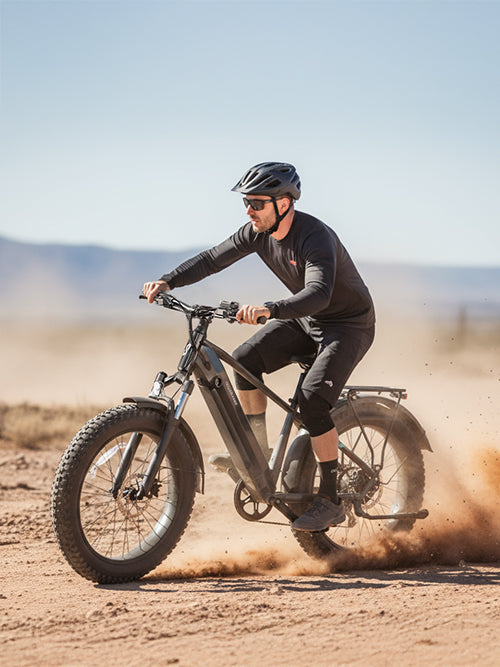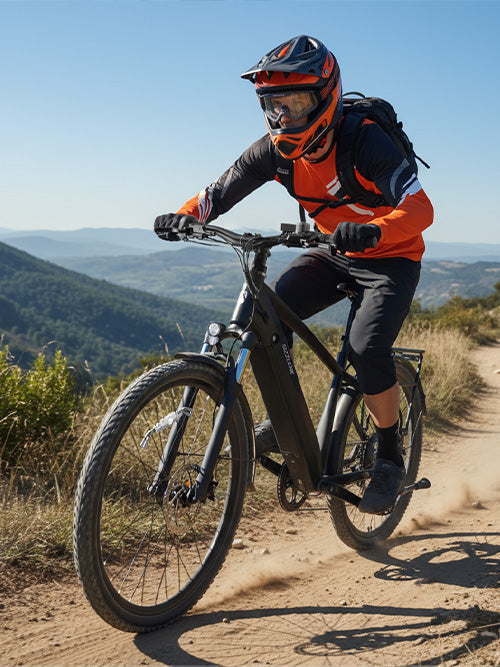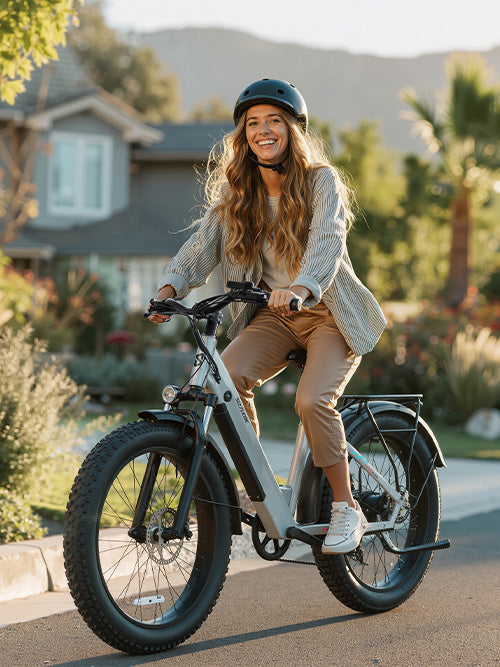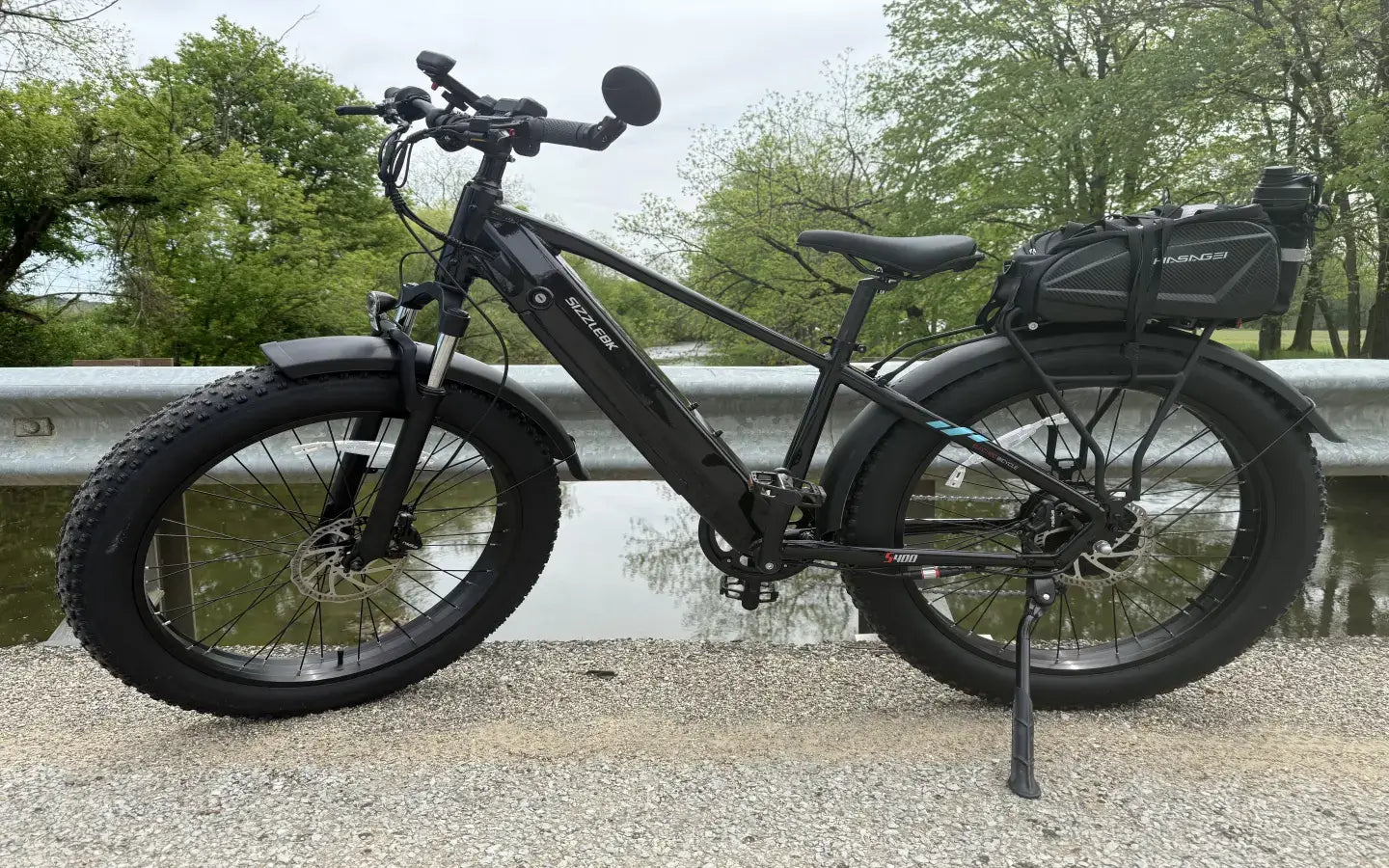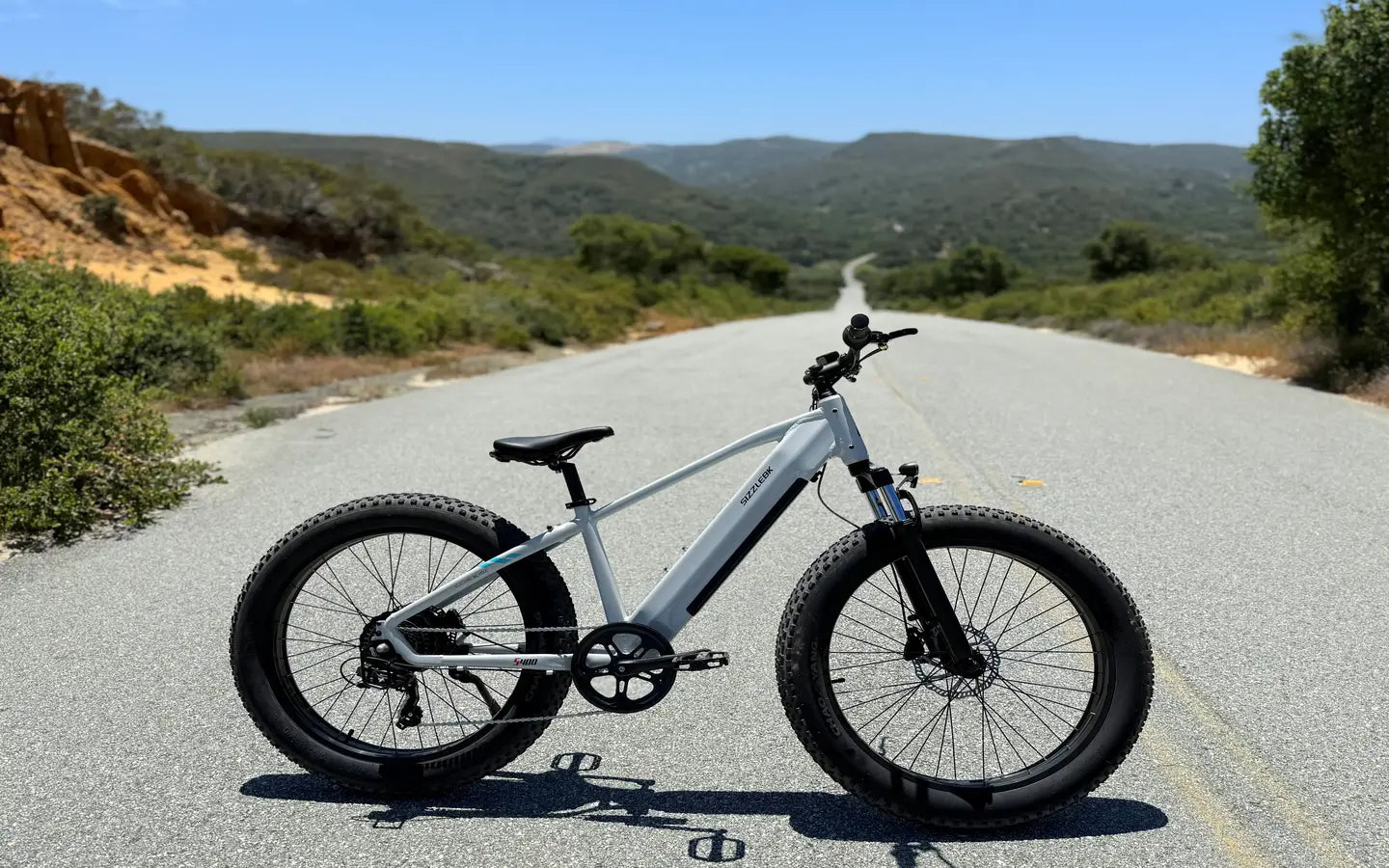In 2025, electric bikes are changing the way we commute in cities, ride for leisure, and ride off-road. Thanks to advances in motor power and battery circuitry, electric bikes can now reach speeds of 20 to 28 mph and weigh up to 70 pounds or more. As riders push these machines to their limits, one question dominates forums and bike shops alike: Are hydraulic brakes worth the investment for eBikes?
This extensive guide looks at the mechanics, pros, cons, and users of hydraulic brakes. Whether you do daily or casual trail rides on your bike, or have a cargo eBike, this guide will assist your decision to upgrade or not to hydraulic brakes with confidence.
What Are Hydraulic Brakes? How Do They Work?
A hydraulic brake is a braking system that relies on hydraulic fluid pressure to transfer force between the brake lever and the caliper. Here are the mechanics:
Fluid/Fluid System: When you squeeze the brake lever the lever compresses a brake fluid (about mineral or DOT) in a seal hose.
Piston Activation: The pressurized fluid will push pistons in the caliper to clamp the brake pads onto a rotor.
Constant Pressure: Hydraulic brake systems self-adjust for wear and tear while mechanical brake systems adjust with the cable tension.
Key Advantage: Hydraulic systems deliver stronger, smoother, and more reliable stopping power, especially under heavy loads or high speeds.
Why eBikes Require Advanced Braking Systems
eBikes present unique challenges that require better braking performance:
Speeding Bike: Class 3 eBikes can legally reach speeds of 28 mph (approximately 45 km/h). This means that stopping distances are doubled compared to a traditional bike.
Less ended weight: Motors, batteries, and cargo racks can easily add 50-70+ lbs (23-32 + kg) of payload weight. Basic brake systems will struggle with this kind of weight.
Unusual riding conditions: Whether it is commuting to work during the rainy season, or riding steep mountain trails, especially when loaded, the eBike will experience environments that challenge its ability to replicate consistent braking performance.
Recommended: Investing in high-quality brakes is not a choice. You should know that it is critical to own a safe eBike.
Hydraulic Brakes: 5 Compelling Benefits for eBike Riders
1. Unmatched Stopping Power
Hydraulic brakes generate up to 30% more braking force than mechanical systems, according to brake manufacturer Shimano. This is critical for heavy eBikes, where momentum can make sudden stops dangerous.
2. Precision Modulation
Hydraulics allow riders to apply gradual pressure, avoiding wheel lock-up on slippery surfaces. Mechanical brakes, by contrast, often feel “grabby” or unpredictable.
3. Reduced Hand Fatigue
Fluid pressure requires minimal lever effort—ideal for long rides or riders with arthritis or weaker grip strength.
4. Low Maintenance
Sealed hydraulic systems resist dirt, water, and corrosion. Most users only need to:
Check fluid levels annually.
Replace brake pads every 1,000–2,000 miles.
5. All-Weather Reliability
Hydraulic brakes perform consistently in rain, snow, and mud, thanks to their sealed design. Mechanical cables, however, can freeze or corrode in harsh conditions.
3 Drawbacks of Hydraulic Brakes: Are They Dealbreakers?
1. Higher Upfront Cost
Hydraulic brake kits cost $150–$300 more than mechanical systems. For budget-conscious riders, this can be a hurdle.
2. Complex Repairs
Issues like air bubbles or fluid leaks require specialized tools (e.g., bleed kits) and technical know-how. Most riders will need a bike shop for repairs.
3. Overkill for Casual Use
If you only ride short distances on flat terrain at under 15 mph (24 km/h), mechanical brakes may suffice.
Pro Tip: Weigh these disadvantages against your riding habits. For aggressive or frequent riders, hydraulics are worth the trade-offs.
Real-World Feedback: What Reddit Riders Say in 2025
A deep dive into r/ebikes reveals overwhelming support for hydraulic brakes:
“Upgraded my commuter eBike to hydraulics—stopping in city traffic feels effortless now.”
“Rode through a muddy trail last week. My mechanical brakes failed, but my friend’s hydraulics saved the day.”
“Yes, they’re pricier, but I’ve saved money on maintenance over two years.”
Consensus: Hydraulic brakes excel in high-stress scenarios like steep descents, heavy cargo loads, or wet commutes.
Hydraulic vs Mechanical Brakes: A Detailed Comparison
|
Feature |
Hydraulic Brakes |
Mechanical Brakes |
|
Stopping Power |
Excellent (ideal for 50+ lb eBikes) |
Moderate (suits lightweight bikes) |
|
Control |
Smooth, progressive modulation |
On/off feel; less nuanced |
|
Maintenance |
Minimal (annual fluid checks) |
Frequent cable adjustments |
|
Repair Complexity |
Requires bleeding tools/ expertise |
Simple fixes with Allen keys |
|
Cost |
$150–$300 upgrade |
Standard on most budget eBikes |
|
Durability |
5–7 years with proper care |
3–5 years (cables wear faster) |
Upgrading Your eBike to Hydraulic Brakes: A Step-by-Step Guide
If your eBike’s frame and wheels support hydraulic brakes, follow these steps:
What You’ll Need:
Hydraulic brake levers and calipers (Shimano, SRAM, or Tektro recommended).
Rotors (160–180mm; match rotor size to your existing setup).
Mounting adapters (if your frame lacks post mounts).
Brake fluid (mineral oil for Shimano/Tektro; DOT fluid for SRAM).
Installation Process:
Remove old mechanical brakes and cables.
Attach hydraulic calipers to the frame/fork using adapters if needed.
Connect levers to the handlebars and route hydraulic hoses.
Bleed the system to remove air bubbles (critical to performance).
Test brakes at low speed before hitting trails.
Top Tip: Bleeding brakes is tricky—unless you’re experienced, it’s best to hire a pro.
Debunking 3 Common Hydraulic Brake Myths
Myth 1: “Hydraulics Are Only for Mountain Bikes.”
Reality: Commuter, cargo, and folding eBikes increasingly use hydraulics for their reliability.
Myth 2: “They’re Too High-Maintenance.”
Reality: While repairs are complex, hydraulics require fewer adjustments than mechanical systems. Most riders service them once a year.
Myth 3: “Slow Riders Don’t Need Them.”
Reality: Even at 15 mph (24 km/h), a 70 lb eBike needs robust brakes to avoid collisions with cars or pedestrians.
Who Should Upgrade to Hydraulic Brakes?
Hydraulic brakes are a must-have for riders who:
Commute Daily: Stop-and-go traffic demands responsive brakes.
Ride in Harsh Weather: Rain, snow, and mud test brake reliability.
Carry Heavy Loads: Cargo eBikes or child trailers add significant weight.
Investigating Off-Road Trails: Steep descents challenge you to control your speed well.
Cost-Benefit Analysis: Spending $200 to $300 in the beginning will reduce costs and accidents and may increase longevity of your eBike.
Final Verdict: Is it worth it to use hydraulic brakes?
Yes. If you care about safety and performance. Hydraulic brakes offer the best stopping power, least amount of maintenance and works every weather—most eBike riders fall into this category. While the Hydraulic brakes have the increased upfront cost over mechanical brakes, hydraulic brakes win over time saved on safety and maintenance.
Casual riders on light weight eBikes may still be satisfied with mechanical brakes. But as the old saying goes: "It's better to have brakes you don't need than brakes you don't have."
Ready to upgrade? Explore best fat tire electric bikes at Sizzlebk and all ebikes are equipped with hydraulic brakes.
